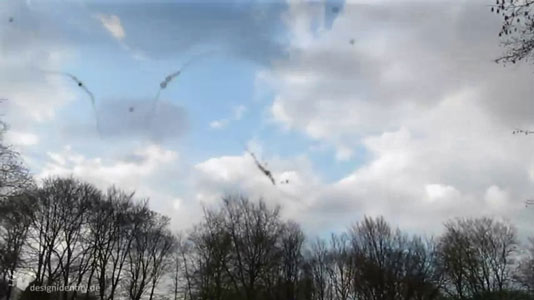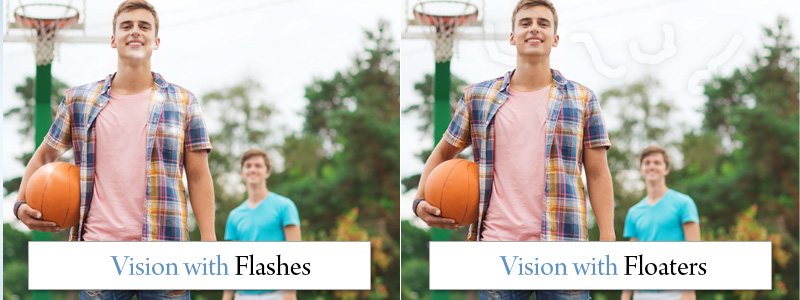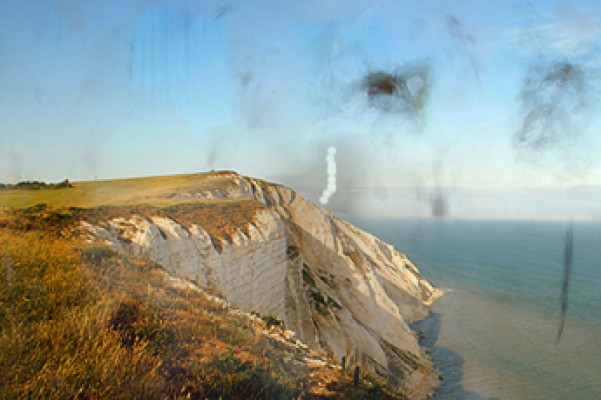Of course most of us realize that while meditation is an excellent stress management tool this is not its original goal nor its only benefit. But because I wanted to explain something to people who are newer to yoga about the relationship between meditation and equanimity, I’ve been delving a bit deeper into this subject. In general here’s what I’ve come up with so far.
One of original goals of meditation was to quiet the mind. Because our minds are typically busy with thoughts, many of which disturb our equanimity—regrets about the past, worries about the future, and dissatisfaction with the present—quieting your mind allows you to experience feelings of peace and contentment. Meditation also fosters feelings of compassion, which improve your relationships with others. And you can use meditation to cultivate feelings of gratitude, which allows you to be more content with what you have and what you don’t have. In addition, the process of meditating allows you to observe your habitual thought patterns and emotional responses, which is the first step in changing them to more positive ones.
Here are my thoughts about these four different aspects of meditation. If you have any of your own you’d like to contribute, I’d love to hear from you!
Quieting the Mind
In the Yoga Sutras, Patanjali defines yoga as:
1.2 “Yoga is the stilling of the changing states of mind.” —Edwin Bryant
Stilling the changing “states of mind”—also translated as the “whirls of consciousness”—means quieting the thoughts that cycle over and over in your mind. While not all our thoughts disturb our equanimity, when we are worried, anxious, sad, depressed, or even overly excited, we can be tormented by thoughts and emotions that whirl uncontrollably through us. What if I miss my deadline? What if the plane crashes? What if I can’t fall asleep tonight? If only my lover hadn’t left me. If only I wasn’t so helpless/afraid/overwhelmed. If only my parents had loved me more. I hate that person. I wish I had a different body. I suck at meditating.
In classical yoga, quieting the mind is a necessary prerequisite for achieving the union with the divine that is yoga. But it is also recommended as the antidote to the kleshas, our reactions to life that disturb our equanimity and that are the source of our suffering.
2.3 The five afflictions (klesas) which disturb the equilibrium of consciousness are: ignorance or lack of wisdom, ego, pride of the ego or the sense of ‘I,’ attachment to pleasure, aversion to pain, fear of death and clinging to life. —Edwin Bryant
The simple act of regular meditation quiets your mind, but you may find that certain techniques work more effectively for you than others, depending on your particular personality or even just your current circumstances. So you might wish to experiment with several different techniques, perhaps even keeping record of the state of your mind both before and after practice for several days in a row. See Yoga Meditation Techniques for information about how to meditate. See Thoughts About Quieting the Mind for more information about quieting the mind.
Self-Study with Meditation
By using our witness mind as we meditate, we can engage in self-study (svadhyaya) to learn about habitual thought patterns and emotional responses that we might not even be aware of. The witness mind is that part of our minds that allows us to observe ourselves in action while we are acting. The Sankrit word sākshī (saa-kshe), refers to the “pure awareness” that witnesses the world but is not affected by it or involved with it. The term is made up of two parts: "sa," which means "with" and "aksha," which means “senses" or "eyes.” So the sakshi is an awareness that can observe “with its own eyes.” Another meaning of the word aksha is “the center of a wheel.” As the wheel turns, its center remains still. So the witness mind remains steady while events turn around it.
In meditation, your witness mind observes when your attention has wandered from the object of your meditation—and to what. Rather than floating down the stream of your thoughts, you sit on the shore and impartially observe from a distance. And as you observe with detachment what’s happening within you—your sensations, thoughts, emotions, and feelings—you start to recognize patterns that you may later decide to change. Observing your habits can help you change the way you react to stress (see Changing the Brain's Stressful Habits). And it can help you in general to change your patterns of reactivity (see Meditation and Brain Strength). All of this will help you cultivate equanimity in your daily life.
You can also use your witness mind during your asana practice by cultivating mindfulness. To do this, notice when your thoughts stray from being present with your physical sensations and your breath and where they tend to go. Do you notice any patterns in your thinking? And are your reactions and judgments in the yoga room similar to thoughts you have in other circumstances? Eventually you can use on your witness mind during any activity.
See The Power of Svadhyaya (Self Study) for more information about self study. See Yoga Meditation Techniques for information about how to meditate.
Compassion
1.33 By cultivating an attitude of friendship toward those who are happy, compassion toward those in distress, joy toward those who are virtuous, and equanimity toward those who are nonvirtuous, lucidity arises in the mind. —trans. by Edwin Bryant
In addition to quieting your mind and teaching you its workings, meditation provides interpersonal benefits. Scientists have shown that the practice of meditation increases compassion. And becoming more compassionate clearly fosters better relationships with people in your life as well as strangers who are suffering.
In general, a regular meditation practices seems to have this effect. Scientists who studied this phenomenon speculated that there are two possible explanations for this. The first is that because meditation improves your ability to pay attention, this might improve your ability to notice what’s going on with someone else (as opposed to being lost in your own thoughts). Another explanation is that meditation helps us to experience the interconnectedness of all beings. Interestingly, a study showed that when people meditated on "non-referentail" compassion, the regions of their brains responsible for planned action were activated, as if they were preparing to aid people in distress. So you may find yourself with an urge to help others—always a good thing, both for them and you.
A regular meditation practice of any kind will foster compassion but if you wish to work on this intentionally, you could:
- Choose a person for whom you wish to cultivate compassion and before meditating set the intention that your practice will dedicated to them. Then check in again by thinking of that person after you finish.
- Use the word “compassion” as a mantra.
- Practice the Loving Kindness Meditation, a structured meditation designed to help you open your heart and cultivate compassion towards people close to you as well as strangers. Or practice any other formal meditation designed to foster compassion.
See Meditation and Compassion for more information about meditation and compassion. See Yoga Meditation Techniques for information about how to meditate.
Gratitude
Meditating on gratitude can have a profound effect on your mood and state of mind. In fact, scientists have actually identified the biochemical explanations for this. Feeling grateful activates the region of your brain stem that produces dopamine (your reward and pleasure center), and experiencing gratitude toward others increases activity in your social dopamine circuits, which makes social interactions more enjoyable. And even just trying to think of things you are grateful for forces you to focus on the positive aspects of your life. This boosts your serotonin levels, which increases happiness.
To cultivate gratitude in your meditation practice, you can use the following techniques:
- Use the word “gratitude” as a mantra.
- Use one thing for which you are grateful as the object of your meditation, either as a mantra or an image.
- Set the intention that as you meditate you will notice things you are grateful for as they naturally arise in your mind.
- Practice any formal meditation practice designed to cultivate gratitude.
Of course, when you are being harassed by negative thoughts, it often isn’t easy to find and focus on things you are grateful for. But apparently the effort of remembering to look for gratitude alone provides the benefits! And just like strengthening a muscle, a regular gratitude practice makes you stronger at being grateful over time. So you’ll be improving in your gratitude practice as you age. See The Biochemical Basis for a Gratitude Practice for more information on a gratitude practice. See Yoga Meditation Techniques for information about how to meditate.
Subscribe to Yoga for Healthy Aging by Email ° Follow Yoga for Healthy Aging on Facebook ° Join this site with Google Friend Connect

















